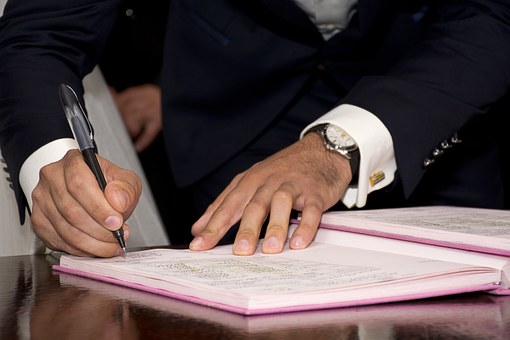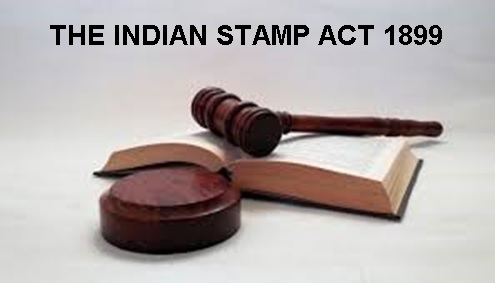Recently, in Aditya Birla Fashion and Retail Limited v Friends Inc and Another, 2025 SCC OnLine Del 634, decided on January 9, 2025, the Delhi High Court had declared that the trademark PETER ENGLAND is a well-known mark.
As quoted by Delhi High Court in Peter England case, in Tata Sons Ltd. v. Manoj Dodia, 2011 SCC OnLine Del 1520, Delhi High Court had held that “a well-known trademark is a mark which is widely known to the relevant general public and enjoys a comparatively high reputation amongst them. On account of advancement of technology, fast access to information, manifold increase in international business, international travel and advertising/publicity on internet, television, magazines and periodicals, which now are widely available throughout the world, of goods and services during fairs/exhibitions, more and more persons are coming to know of the trademarks, which are well known in other countries and which on account of the quality of the products being sold under those names and extensive promotional and marketing efforts have come to enjoy trans-border reputation”.
In Tata Sons case, the Delhi High Court had held that “the relevant general public in the case of a well-known trademark would mean consumers, manufacturing and business circles and persons involved in the sale of the goods or service carrying such a trademark”.
Looking at from the angle of Trademarks Act, 1999, (the Act) a well-known mark is characterized by its reputation in India and use of a registered well-known mark without due cause is deemed to take unfair advantage of or is detrimental to, the distinctive character or repute of the registered trademark.
The Act defines a well-known trademark on the following lines:
(zg) “well-known trademarks”, in relation to any goods or services, means a mark which has become so to the substantial segment of the public which uses such goods or receives such services that the use of such mark in relation to other goods or services would be likely to be taken as indicating a connection in the course of trade or rendering of services between those goods or services and a person using the mark in relation to the first-mentioned goods or services.
Section 11 of the Act provides for registration of trademarks as “well-known trademarks”.
Sub-section (6) of Section 11: The Registrar shall, while determining whether a trade mark is a well-known trade mark, take into account any fact which he considers relevant for determining a trade mark as a well-known trade mark including— (i) the knowledge or recognition of that trade mark in the relevant section of the public including knowledge in India obtained as a result of promotion of the trade mark; (ii) the duration, extent and geographical area of any use of that trade mark; (iii) the duration, extent and geographical area of any promotion of the trade mark, including advertising or publicity and presentation, at fairs or exhibition of the goods or services to which the trade mark applies; (iv) the duration and geographical area of any registration of or any application for registration of that trade mark under this Act to the extent that they reflect the use or recognition of the trade mark; (v) the record of successful enforcement of the rights in that trade mark, in particular the extent to which the trade mark has been recognised as a well-known trade mark by any court or Registrar under that record.
Sub-section (8) of Section 11: Where a trade mark has been determined to be well known in at least one relevant section of the public in India by any court or Registrar, the Registrar shall consider that trade mark as a well-known trade mark for registration under this Act.
Sub-section (9) of Section 11: The Registrar shall not require as a condition, for determining whether a trade mark is a well-known trade mark, any of the following, namely:
(i) that the trade mark has been used in India;
(ii) that the trade mark has been registered;
(iii) that the application for registration of the trade mark has been filed in India;
(iv) that the trade mark— (a) is well-known in; or (b) has been registered in; or (c) in respect of which an application for registration has been filed in, any jurisdiction other than India, or
(v) that the trade mark is well-known to the public at large in India.
Therefore, for recognizing “BENZ” as a well-known trademark, it is not necessary that it is registered in India nor is it necessary that it must have been well-known to the public at large in India. In 1994 itself, Delhi High Court had determined BENZ as a well-known trademark.
Back to the trademark ‘PETER ENGLAND’ case, the findings of Delhi High Court are as follows:
• Originally conceived and adopted more than a century ago, i.e., in the year 1889, by the plaintiff’s predecessor, Carrington Viyella Garments Limited (“CVGL”), England, it was introduced in India in the year 1997.
• Acquired by the plaintiff group in the year 2000, the mark was assigned in favour of the plaintiff by an Assignment Deed dated 21st January, 2000.
• The plaintiff has over 382 stores, spread across more than 180 towns and cities in the country. It is the only brand in India to have a design patent for its product, i.e., Cordeans, by PE Jeans.
• The trademark ‘PETER ENGLAND’ is registered in different classes. The turnover (in Crores) through sale of goods carrying the mark is as follows:
o 2021-22 – Rs.1,010.90;
o 2022-23 – Rs.1,324.50
o 2023-24 – Rs.1,289.80
• This Court also notes that the plaintiff has spent huge amount on the endorsement of the products by various superstars.
• The plaintiff has also been conferred with various awards/recognition for its trademark ‘PETER ENGLAND’,
Considering above facts, if the test laid down under Section 11(6) of the Act is applied, it would be clear to anyone why Delhi High Court had no hesitation to declare the mark “PETER ENGLAND” as a well-known trademark.
Obtaining recognition as a well-known trademark is a milestone in the journey of a trademark in the course of trade. Under Section 29 of the Act, it would constitute an infringement of statutory right of a registered, well-known mark if the defendant is using a mark which is identical or similar to the well-known registered mark even if such use is not in relation to goods or services which are similar to those for which the well-known mark is registered. For instance, if the well-known trademark BENZ (assuming it is registered) is used on unrelated goods such as “under garments”, it will constitute infringement and therefore rights flow to BENZ under Section 29 of the Act.
Some of the trademarks determined as well-known trademarks by the Registrar of Trademarks include AQUAGUARD, NAMASTE INDIA, SAMSUNG, GREENPLY, WHATSAPP, INSTGRAM, ANDROID, FLIPKART, NYKAA, TANISHQ, TITAN, SKODA, VICKS, ZANDU, BOROPLUS, BIOTIQUE, JOCKEY, MACH3, VOLINI, PUMA, JAGUAR, NESCAFE, VADILAL, INDIA TODAY, SWARAJ.






